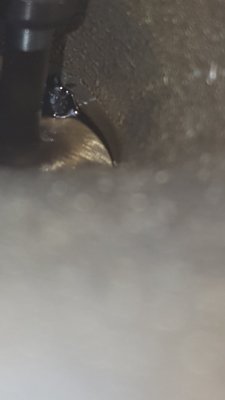I was at the track. I used to drive the car regularly, not daily but at least a tank a month. It had been running just fine and then my first pass it was off by 5 mph and .5. Then the next pass was slower, and the next slower. Then the last pass it died.
I had been chasing belt issues and figured out the issue all along was a separating harmonic balancer. I replaced that, cured the belt issue then saw I had low oil pressure. I discovered metal in the oil and here I am.
I suspect that a possibility may have been a faulty harmonic balancer causing vibrations through the rotating assembly and over time, a bearing failed. Just a guess though...



